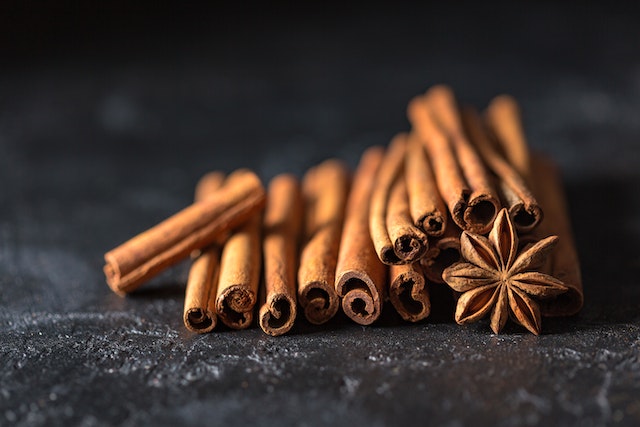Botanical Description:
Scientific Name: Tussilago farfara
Family: Asteraceae (Daisy family)
Description: Coltsfoot is a perennial herbaceous plant known for its distinctive appearance. The plant consists of basal leaves and flower stalks that emerge separately. The leaves are broad, heart-shaped, and have a woolly texture on the undersides. The flowering stems produce bright yellow, daisy-like flowers that resemble those of dandelions. Coltsfoot is native to Europe and Asia but has been naturalized in various regions globally. It often grows in damp, disturbed areas such as riverbanks and roadsides.
Disclaimer:
This Materia Medica is provided for informational purposes only and should not replace professional medical advice. Please consult with a qualified healthcare practitioner or herbalist before using any herbal remedies.
Therapeutic Actions:
- Respiratory Tonic: Coltsfoot has a long history of use as a respiratory tonic, traditionally employed to address conditions such as coughs and bronchial issues.
- Demulcent Properties: The mucilage content in Coltsfoot leaves provides demulcent effects, soothing irritation in the respiratory and digestive tracts.
- Expectorant: Coltsfoot is believed to have expectorant properties, assisting in the expulsion of mucus from the respiratory system.
- Anti-inflammatory: Some traditional uses involve Coltsfoot for its potential anti-inflammatory effects, particularly in the context of respiratory inflammation.
Constituents:
- Mucilage: Coltsfoot contains mucilage, a gelatinous substance that imparts soothing qualities, especially beneficial for respiratory issues.
- Tannins: Tannins contribute astringent properties to Coltsfoot, which may help in toning and tightening tissues.
- Sesquiterpene Lactones: These compounds are found in the leaves and flowers and may contribute to Coltsfoot’s anti-inflammatory effects.
Traditional Uses:
- Coughs and Respiratory Issues: Coltsfoot has been traditionally used to alleviate coughs, soothe irritated throats, and address various respiratory conditions.
- Bronchial Health: It is employed to support bronchial health and may assist in conditions such as bronchitis and asthma.
- Expectorant Aid: Coltsfoot is valued for promoting the expulsion of mucus, making it useful in cases of excessive phlegm or congestion.
- Topical Applications: In some traditional practices, Coltsfoot leaves have been used topically for skin conditions, although this is less common.
Dosage and Preparation:
- Coltsfoot Tea: Prepare a Coltsfoot tea by steeping 1-2 teaspoons of dried leaves in hot water for 10-15 minutes. Drink up to three times a day.
- Tincture: Tinctures, made from the leaves, can be taken in dosages as recommended by a qualified herbalist or healthcare practitioner.
- Capsules: Commercially available Coltsfoot capsules may have specific dosage recommendations. Follow product instructions or consult with a healthcare professional.
Cautions and Considerations:
- Pyrrolizidine Alkaloids: Coltsfoot contains pyrrolizidine alkaloids, which may be hepatotoxic in large quantities. Prolonged internal use is generally not recommended due to this concern.
- Pregnancy and Lactation: Pregnant and lactating individuals should avoid using Coltsfoot internally due to the presence of pyrrolizidine alkaloids.
- Allergic Reactions: Individuals with known allergies to plants in the Asteraceae family (such as ragweed) should exercise caution and may want to avoid Coltsfoot.
Conclusion:
Coltsfoot, with its distinctive appearance and historical use in traditional herbal practices, holds a place as a respiratory tonic and demulcent. Its traditional uses in addressing coughs, bronchial issues, and providing expectorant support are rooted in its mucilage content and other constituents. The plant’s anti-inflammatory potential, attributed to sesquiterpene lactones, adds to its traditional value. However, caution is warranted due to the presence of pyrrolizidine alkaloids, which can be toxic to the liver. As with any herbal remedy, it is crucial to consult with a qualified healthcare practitioner or herbalist, especially considering individual health conditions and potential interactions. Coltsfoot, when used judiciously and under appropriate guidance, remains a part of the rich tapestry of herbal traditions, contributing to respiratory health and well-being.






